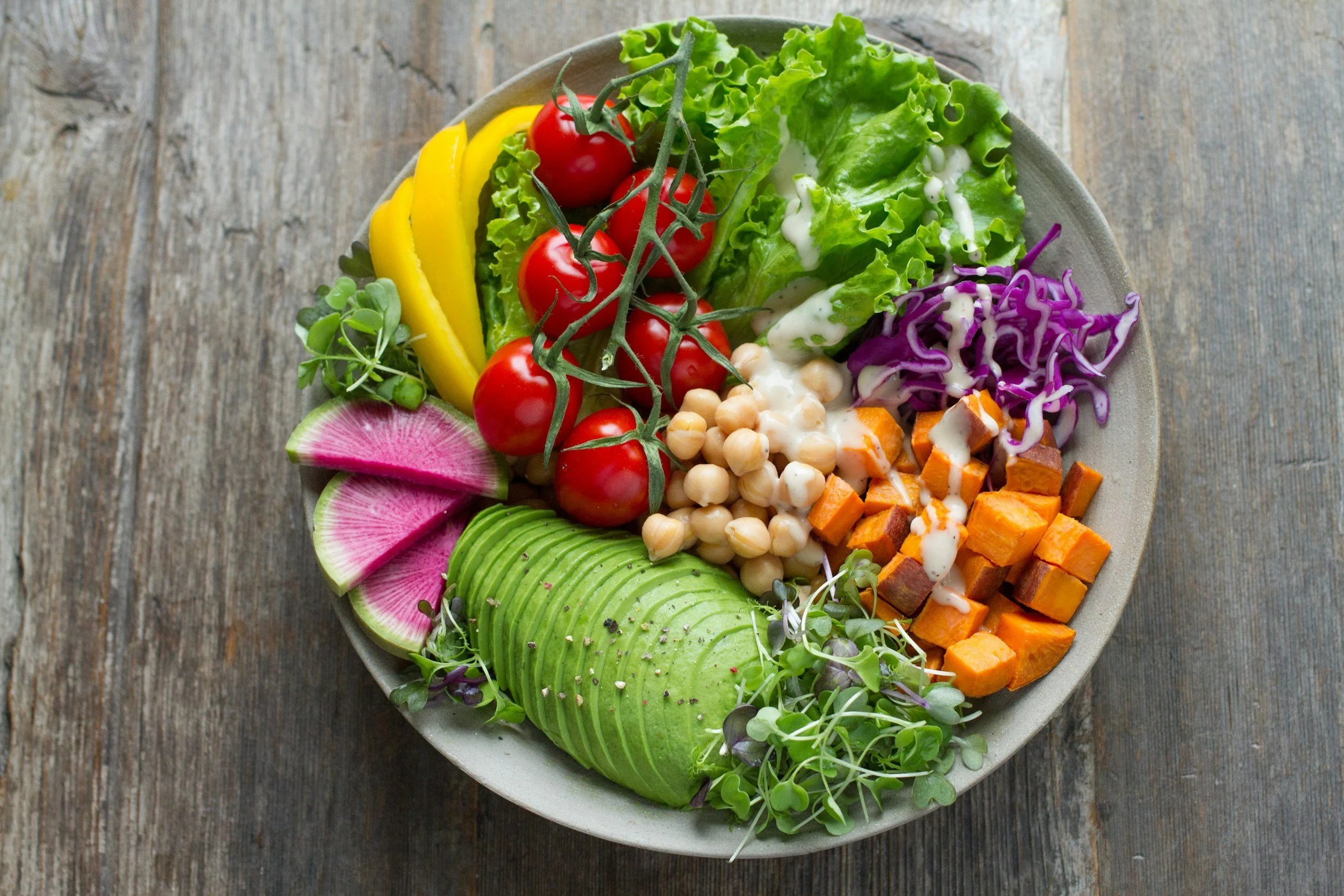Is it “Clean Eating”, or Just Restrictive?
How often have you scrolled through social media and come across a video of someone in a grocery store pointing out which product they’d never eat because of “toxic” ingredients, seed oils, or a common additive they can’t pronounce? Maybe they follow it up with a nutrition “fact” that leaves you questioning what’s in your own kitchen. These videos are often framed as educational, but more often than not, they rely on fear – not facts. When fear starts dictating food choices, eating becomes more rigid and harmful.
The Rise of Wellness Culture and “Clean Eating”
Over the past decade, especially since the pandemic, social media has amplified wellness culture (AKA diet culture in disguise) and the practice of “clean eating”. While there’s no official definition, it’s generally portrayed as prioritizing whole foods while avoiding refined or artificial ingredients. Sounds reasonable, right? Except for the moral connotation when referring to foods as “clean”. Eating “clean” and “healthy” means something different to everyone. When creators are promoting all organic, fresh ingredients, and insisting I don’t buy anything that isn’t labeled as “natural”, does that mean my food is dirty? Should I be aspiring to do more to take care of my health like this person? These are the kind of questions that bubble up when we internalize wellness messaging on social media. At its core, it’s the same, tired, binary thinking that foods are either “good” or “bad”. And food is far more nuanced than that.
Pressures and Extreme Practices on Social Media
Some creators, who unfortunately gain the most attention, take clean eating to extremes by cutting out entire food groups or ingredients that are used in most products without a medical reason. It’s promoted as something beneficial the audience can do to fix bloating, inflammation, improve energy, or *insert other vague health buzzword here*. There’s also a growing pressure to “optimize” every bite to ensure you’re getting the most health benefits out of everything consumed. These things can lead to an extremely restrictive lifestyle that can drain the joy from eating and make everyday food decisions feel stressful.
When “Clean Eating” Turns Disordered
Over time, this intense focus on eating “right” can morph into orthorexia – a type of eating disorder that centers around food purity rather than weight or appearance. It involves an obsessive focus on only eating foods deemed “clean” or “healthy” according to a set of self-defined food rules. Deviating from these rules often causes significant anxiety, shame, and guilt. It may also lead to social isolation due to the inability to control what is served at shared meals.
Health Isn’t All-or-Nothing
Health isn’t a rigid list of “pure” foods or a perfectly curated grocery cart. Real health includes flexibility. It means eating in a way that nourishes your body and honors your mental and emotional wellbeing. It makes room for joy, culture, connection, convenience, and spontaneity. Food is not a moral test. You deserve to feel safe and at peace with what’s on your plate.
Next time you come across a video of someone with some strong beliefs about certain foods, here are some things to ask yourself:
1. Is this information backed by credible sources?
2. Does this person have any actual training in nutrition? What are their credentials? (Here’s a hint – you’ll never see “RDN” behind their name)
3. Does this content make me feel positive or negative about myself? If your answer is “negative”, it’s not worth giving your energy to. And it might be a good idea to block the creator.
4. Is this advice realistic, sustainable, or applicable to my life? If the answer is no, that’s perfectly okay. Your health doesn’t have to look like anyone else’s.
This blog post was written by our intern Mollia Brown
Is it “Clean Eating”, of Just Restrictive - Dallas Nutritional Counseling



LED Case Consultation - Ethics & Treatment of Longstanding Eating Disorders, Dallas Nutritional Counseling & Angela Harris Counseling professional consultation and supervision for severe and enduring eating disorders